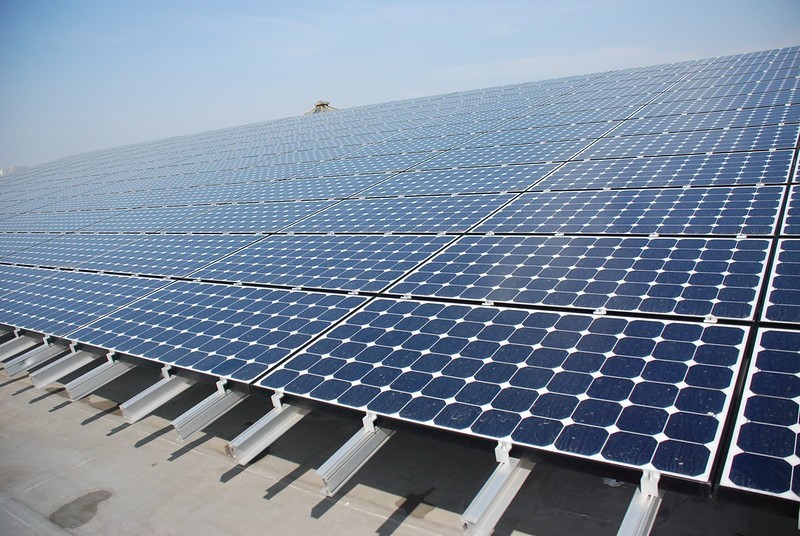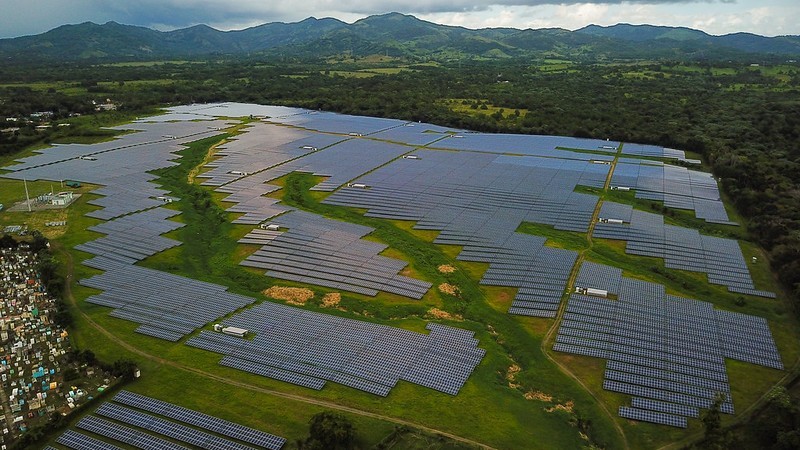Solar Projects in the Dominican Republic
By Taylor Clifford
Monte Plata Solar Project
Monte Plata Solar is a Dominican sustainable energy project funded by the government; the first of its kind on the island. Taking advantage of Caribbean weather, a sustainable power program means immense opportunity coming to the Dominican Republic. As the second phase was approved less than a year ago for an additional 30 megawatts of solar power, the project now totals 60 megawatts of solar energy for Parque Monte Plata Solar. This large solar project was undertaken by the company Soventix. Hailing from multiple international locations, they specialize in financing high-yield solar parks (large plots dedicated to maximum solar panel energy production), constructing hybrid plants for investment companies, and investing in these solar parks around the globe. One of Soventix’s expansions into the Caribbean is the Monte Plata Solar project, located in Monte Plata, Dominican Republic.
Why a Solar Project in Monte Plata?
Monte Plata was a curious province to start a giant solar farm. Mostly, the economy revolves around agriculture, specializing in sugar cane, corn, citric fruits, and cacao, among others. What then makes this region of the island prime for being home to the Dominican Republic’s largest solar project? Well, the Taiwanese company (GES) General Energy Solutions, a Soventix collaborator, already owned the property. While more sun hits the western region of the island next to the border of Haiti, Monte Plata has a centralized location on the island making the moderately sunny agricultural region a great home for the sixty-two soccer fields worth of solar panels.
The Dominican government accepted the Monte Plata Solar project since this large industrial undertaking doesn’t create any pollution or noise – unlike the many factories or mines that the Caribbean island is known for. Noted by the government for the projects’ conveniences, one main advantage is “The sun hardly hides in this country. Between 10 in the morning and 3 in the evening, the plant is at full capacity.” Plus the year-round climate of the country is predictable making a stable estimation of Monte Plata Solar production simple to calculate. As for the financing of the project, according to Alfonso Rodriguez who leads the project on behalf of Soventix, “Monte Plata Solar developed in a very particular way, because, during 2014 and 2015, neither local banks nor multilateral agencies wanted to finance a renewable energy project in the Dominican Republic.” It was GES that picked up the slack and loaned Soventix capital to begin the project.
A Quick Solar Panel History
Alexandre Edmond Becqueral was the first scientist to discover the photovoltaic effect in 1869, which describes how energy is harnessed from sunlight. In 1941, Russel Ohl invented the solar cell, a small thermal conductor that absorbs light by heating the cell and transferring power through direct heat or indirect power from heat generation. Since then, several companies have improved upon the original solar cell in efficiency and cost reduction into what now is universally recognized as solar panels. The United States hit a milestone of 1 million houses with solar panels installed in 2016. 3 years later it doubled that figure to 2 million.
Solar on the Farm
Solar panels are an integral part of the process here at Taino Farm. The farm purchased the panels back in 2008 for about one dollar per Watt when only tiny portions of the Caribbean island had even seen solar panels. Energy gathered from the sustainable solar source slashes the cost of running an aquaponics system and the farm in general.
The main reason Taino Farm invested in solar panels was to supplement the lack of power at the farm due to rolling black-outs. With an aquaponics system that requires constant electricity to keep water flowing through the pumps, a black-out could jeopardize the entire system. Our 30 solar panels form two groups for separate functions. The first group of panels powers the battery bank to keep the pumps running in case of a power outage or a long streak of no sun. This is done by converting the DC power collected by the panels into AC electricity. The second group powers the pumps directly in a DC electric format. Ideally, there would be an array large enough to supplement the electricity required to run the systems 24/7.
Another reason to install solar panels was for sustainable energy. As sustainability is a motto and lifestyle for the farm, it made sense to acquire green energy. The one drawback with solar panels for the farm would be maintenance and battery storage; maintenance is expensive and needs professional service, and the batteries purchased back in 2008 don’t last that long compared to their current-day counterparts. Taino Farm’s long-term interest is to sell electricity back to the government, but so far, the consumption of the excess electricity has been stored on-site.
Solar Possibilities in the DR
The possibilities for solar energy in the Dominican Republic are abundant. Located near the equator with reliable sunshine throughout the year and the ease of combating natural vegetation on power lines make this Caribbean paradise a prime candidate. Other much darker parts of the world, like Germany, have more solar energy implemented across the country despite having less yield potential than the Dominican Republic. If it is a good investment in the rainy, enduring winter of Germany, surely it will be an invaluable asset for the sunny, warm tropical island of the Dominican Republic.





 Jose Kevo, 2010
Jose Kevo, 2010 Gobierno Danilo Medina, September 17, 2015
Gobierno Danilo Medina, September 17, 2015